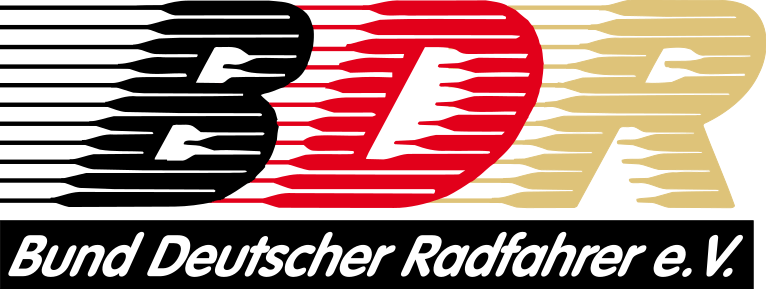A quantitative flow visualization technique for on-site sport aerodynamics optimization
(Ein quantitatives Strömungsvisualisierungsverfahren zur Vor-Ort-Optimierung der Aerodynamik im Sport)
Aerodynamics plays a crucial role in many speed sports, where races are often won by fractions of a second. A thorough understanding of the flow field around an athlete is of paramount importance to optimize the athletes` posture, garment roughness and equipment shape to achieve the minimum aerodynamic drag and maximum velocity. To date, aerodynamic measurements are typically conducted in wind tunnels, using balances or pressure sensors. As a consequence, no information on the flow field responsible of the aerodynamic loads is gathered. Furthermore, the use of steady models yields a flow field that may differ significantly from that encountered during a race, where the athlete is in motion. The present paper proposes to use large-scale tomographic PIV for sport aerodynamic investigation. Helium-filled soap bubbles (HFSB) as flow tracers allow velocity measurements in a volume exceeding 10,000 cm3, from which the aerodynamic loads can be computed. The technique is suitable for conducting on-site aerodynamic measurements via the ring-of-fire concept: the measurements are carried out during the athletes` training in a velodrome, thus reproducing the same flow conditions met during races.
© Copyright 2015 Procedia Engineering. Elsevier. Alle Rechte vorbehalten.
| Schlagworte: | Biomechanik Technologie Aerodynamik Geschwindigkeit Widerstand Luft Messverfahren Windkanal Training Bahnradsport Eisschnelllauf Bobsport |
|---|---|
| Notationen: | Naturwissenschaften und Technik Kraft-Schnellkraft-Sportarten Ausdauersportarten |
| Tagging: | Particle-Image-Velocimetry Geschwindigkeitsfeld |
| DOI: | 10.1016/j.proeng.2015.07.217 |
| Veröffentlicht in: | Procedia Engineering |
| Veröffentlicht: |
2015
|
| Jahrgang: | 112 |
| Seiten: | 412-417 |
| Dokumentenarten: | Artikel |
| Sprache: | Englisch |
| Level: | hoch |
